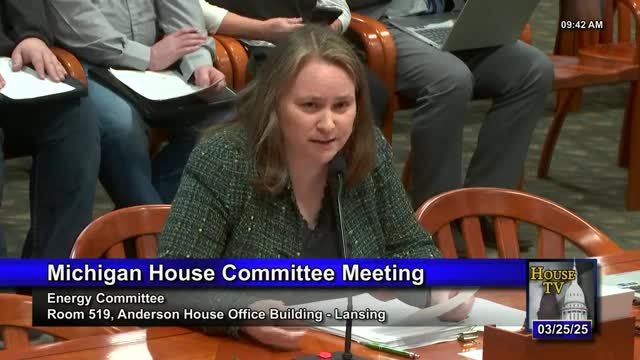Cliffs Natural Resources warns of power demand drop as Tilden mine nears closure
March 25, 2025 | 2025 House Legislature MI, Michigan
Thanks to Scribe from Workplace AI , all articles about Michigan are free for you to enjoy throughout 2025!

This article was created by AI using a video recording of the meeting. It summarizes the key points discussed, but for full details and context, please refer to the video of the full meeting. Link to Full Meeting
The proposed natural gas plant, intended to provide a reliable energy source, faced issues related to location, infrastructure, and affordability. The urgency to replace the existing plant was underscored by the need for a solution that could be operational quickly. However, the ideal conditions for such a project—a suitable site with access to both the electric grid and natural gas pipelines—proved elusive.
A critical point raised during the meeting was the energy demand from Cliffs Natural Resources, which operates the Tilden mine. Cliffs currently requires about 1.1 million megawatt hours of electricity annually, representing over half of the demand for its utility provider, Umerc. This reliance raises concerns about the long-term sustainability of energy sources, especially as Cliffs anticipates a significant reduction in ore production within the next few decades. Reports indicate that the Tilden mine could close as early as 2037, which would drastically impact energy needs in the region.
Given these projections, officials emphasized the importance of planning for a future where energy demand may decrease significantly. They suggested that if renewable energy sources are developed to meet 50% of current demand by 2030, the region could potentially achieve 100% of its energy needs simply by adapting to the declining demand over the following years.
The discussions at this meeting reflect a broader commitment to addressing energy sustainability in Michigan, particularly in light of changing industrial needs. As the state navigates these challenges, the focus remains on finding viable solutions that will benefit both the economy and the environment for residents in the Upper Peninsula.
Converted from Energy - 3/25/2025 meeting on March 25, 2025
Link to Full Meeting
Comments
View full meeting
This article is based on a recent meeting—watch the full video and explore the complete transcript for deeper insights into the discussion.
View full meeting